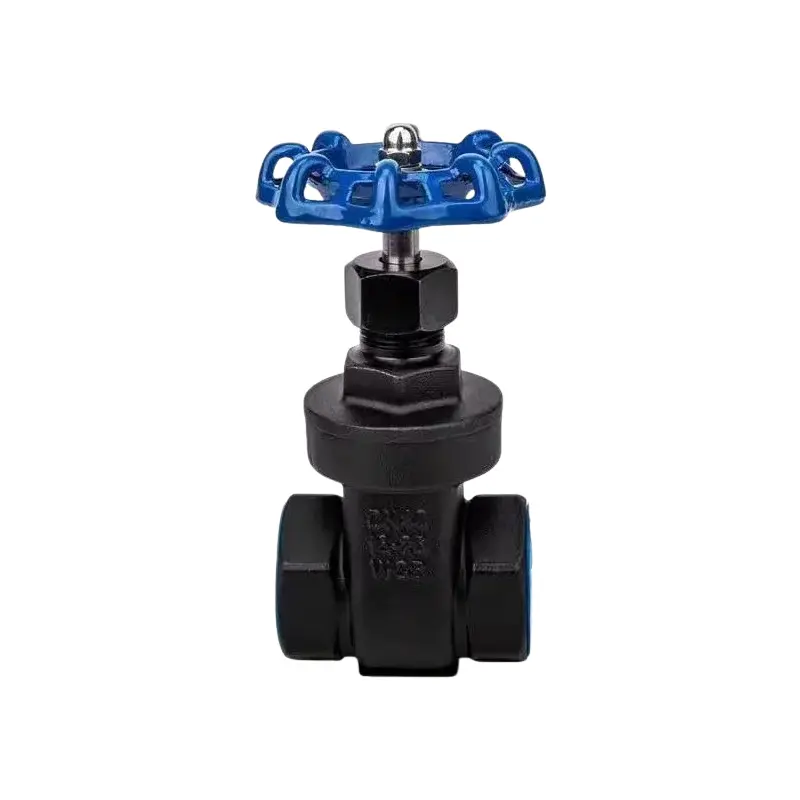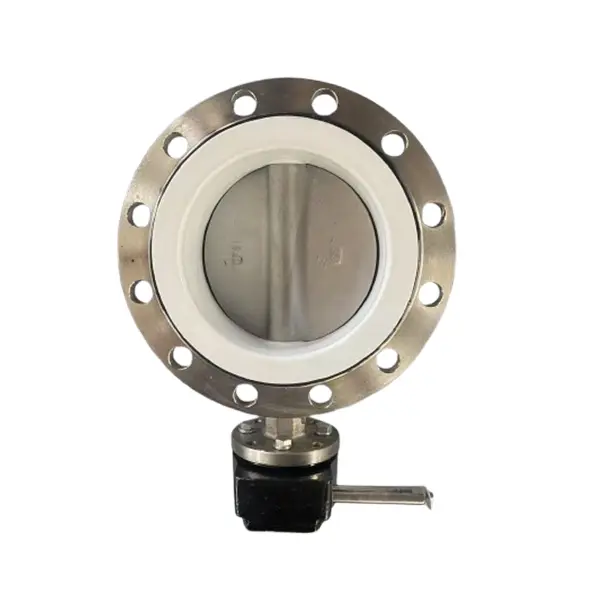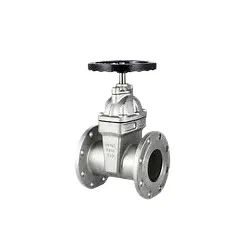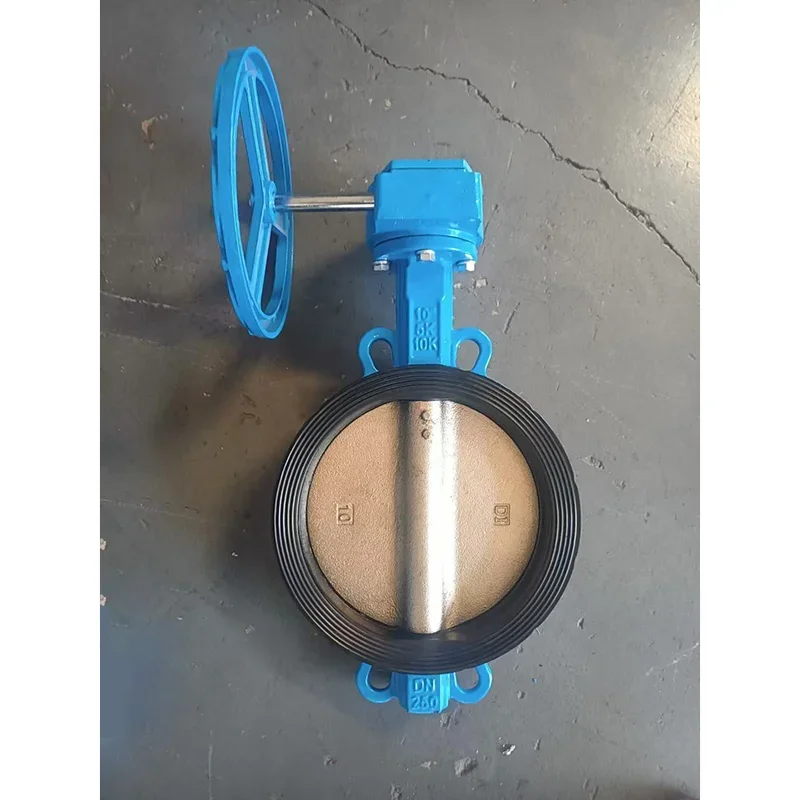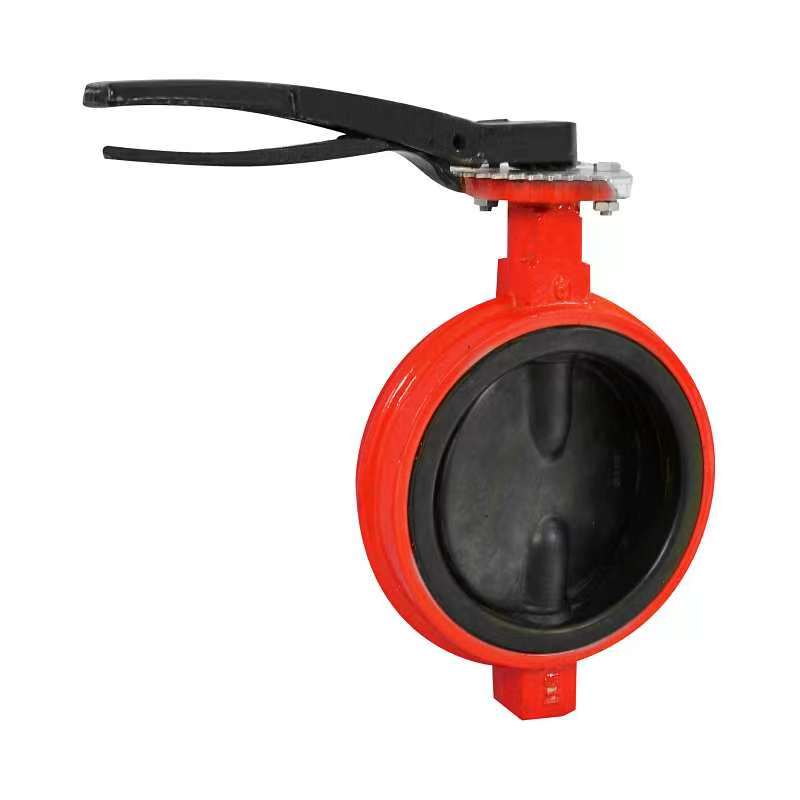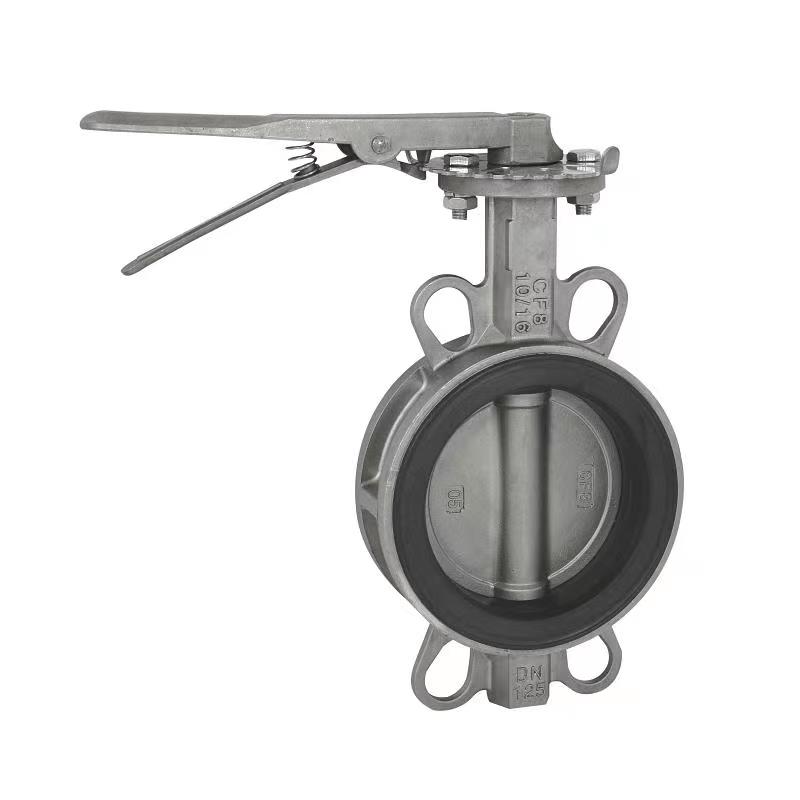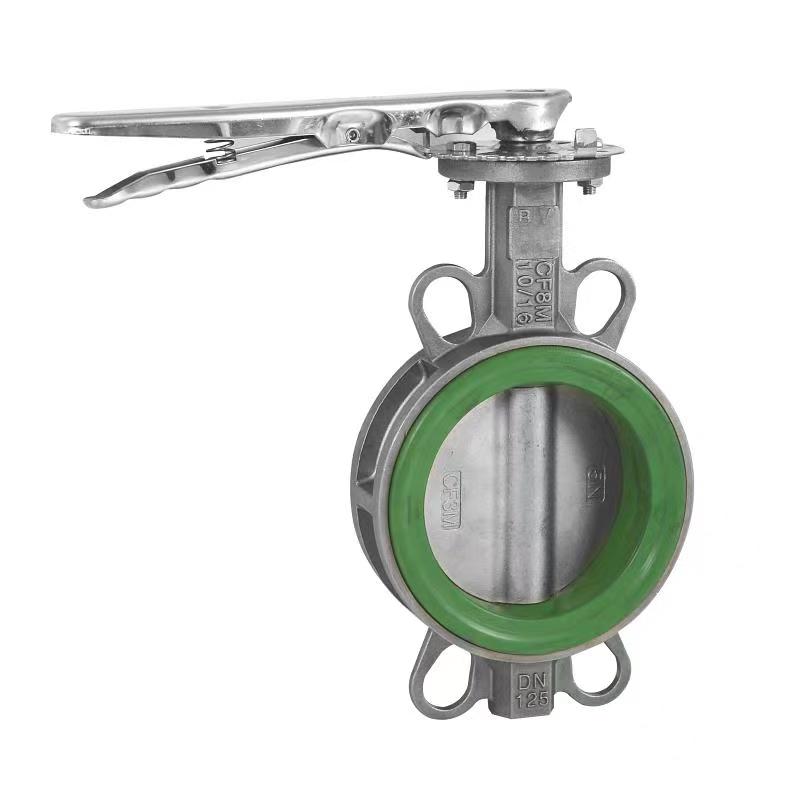- English
- Español
- Português
- русский
- Français
- 日本語
- Deutsch
- tiếng Việt
- Italiano
- Nederlands
- ภาษาไทย
- Polski
- 한국어
- Svenska
- magyar
- Malay
- বাংলা ভাষার
- Dansk
- Suomi
- हिन्दी
- Pilipino
- Türkçe
- Gaeilge
- العربية
- Indonesia
- Norsk
- تمل
- český
- ελληνικά
- український
- Javanese
- فارسی
- தமிழ்
- తెలుగు
- नेपाली
- Burmese
- български
- ລາວ
- Latine
- Қазақша
- Euskal
- Azərbaycan
- Slovenský jazyk
- Македонски
- Lietuvos
- Eesti Keel
- Română
- Slovenski
- मराठी
- Srpski језик
- Esperanto
- Català
- שפה עברית
- Cymraeg
- Latviešu
- icelandic
- ייִדיש
- беларускі
- Hrvatski
- Kreyòl ayisyen
- Shqiptar
- Malti
- lugha ya Kiswahili
- አማርኛ
- Bosanski
- Frysk
- ភាសាខ្មែរ
- ქართული
- ગુજરાતી
- Hausa
- Кыргыз тили
- ಕನ್ನಡ
- Corsa
- Kurdî
- മലയാളം
- Maori
- Монгол хэл
- Hmong
- IsiXhosa
- Zulu
- Yoruba
- অসমীয়া
- ଓଡିଆ
- Twi
- Samoa
- Sesotho
- සිංහල
- Gàidhlig
- Cebuano
- Somali
- Тоҷикӣ
- O'zbek
- Hawaiian
- سنڌي
- Shinra
- Հայերեն
- Igbo
- Sundanese
- Lëtzebuergesch
- Malagasy
- Tǝlam Kanuri
- Punjabi
- پښتو
- Chichewa
What Are the Main Components of a Gate Valve?
2025-06-17
In power plants, oil and gas pipelines, water systems, and other industrial operations, gate valves are crucial flow control devices. They are mostly used to initiate or terminate fluid flow, not to control it. Examining a gate valve's primary components is crucial to comprehending how it functions and why it consistently acts in different scenarios.
Body: The Basis of the Valve
The fundamental structure of the valve is the body, which houses all internal components. It is typically made of cast iron, ductile iron, stainless steel, or carbon steel, depending on the use and kind of fluid. The body can endure system pressure and firmly attach to pipes thanks to its flanged, threaded, or welded ends.
Bonnet: Guarding the Internal System
To protect the internal components of the valve, the bonnet, which is positioned above the body, creates a seal. Bolts or a threaded connection are used to secure it to the body. In addition, the bonnet gives access for maintenance and acts as a mounting point for the stem. Bonnets are made to be both leak-proof and pressure-resistant in high-pressure applications.
Gate: The Flow Control Element
The gate, also referred to as the disc or wedge, is the moving part that controls flow. When raised, it allows fluid to pass freely; when lowered, it blocks the passage entirely. Gates come in various shapes, such as solid wedge, flexible wedge, or parallel slide, each suited for different pressure and temperature conditions. The flat design allows for minimal pressure drop when the valve is fully open.
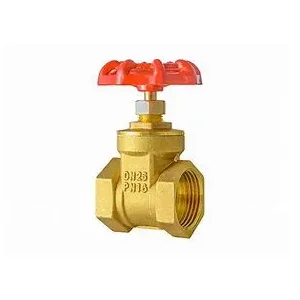
Stem: The Connection Between the Gate and Handwheel
The actuator, which is usually a motor or handwheel, is connected to the gate by the stem. The stem raises or lowers the gate by rotating or moving linearly as the operator cranks the wheel. Both rising and non-rising stems are possible. While a non-rising stem is more compact and more appropriate for limited or subterranean installations, a rising stem offers a visible indicator of the valve's position.
Seat Rings: Guaranteeing a Secure Fit
When the gate is closed, it presses on seat rings, which are mounted inside the valve body. In order to achieve a tight seal and stop leaks, these seats are essential. Depending on the service circumstances, they are often constructed of metals that resist corrosion or equipped with softer sealing materials.
Gland and Packing: Stopping Leaks Along the Stem
To stop fluid from leaking out, packing is a substance that is positioned around the stem inside the bonnet. A packing nut or gland compresses it to provide a tight seal. Graphite or PTFE packing is frequently used in modern valves for durability and resilience to harsh fluids and high temperatures.
Handwheel or Actuator: The Operating Mechanism
Gate valves are usually operated by a handwheel, which the user turns to open or close the gate. In automated systems or in hard-to-reach areas, electric, pneumatic, or hydraulic actuators are used. These devices allow for remote or automatic operation, improving efficiency and safety in complex systems.
Every part of a gate valve has a distinct and crucial function that ensures safety, dependability, and correct operation. Every component helps make the valve a reliable option in fluid control systems, whether it's the robust body, the accurate gate, or the leak-proof packing. The first step in selecting the best option for industries that require great performance and long service life is comprehending the construction of a gate valve.
If you're seeking durable and expertly crafted gate valves for your system, contact our team today. Shengshi Huagong specialize in manufacturing high-quality valves designed to meet the demanding needs of modern industry.
Related News
- Can check valves prevent pump reversal
- What scenarios are check valves suitable for?
- What should I do if the check valve cannot stop the water?
- What should I do if there is leakage inside the check valve
- What are the types of check valves
- Are there any requirements for the installation direction of butterfly valves?
New Products



